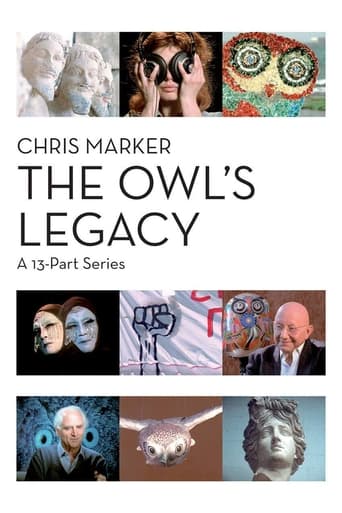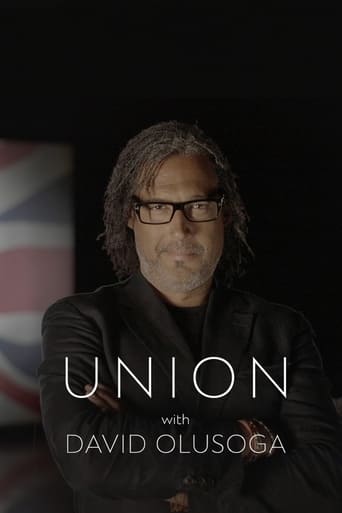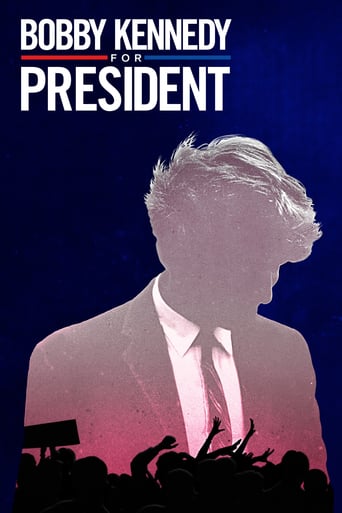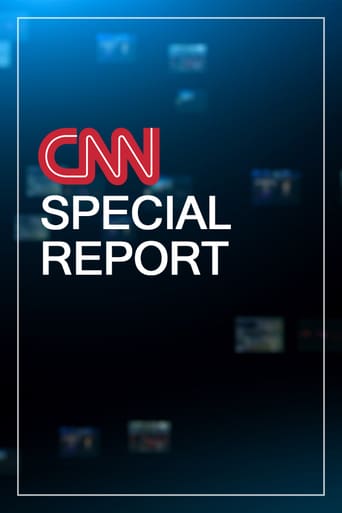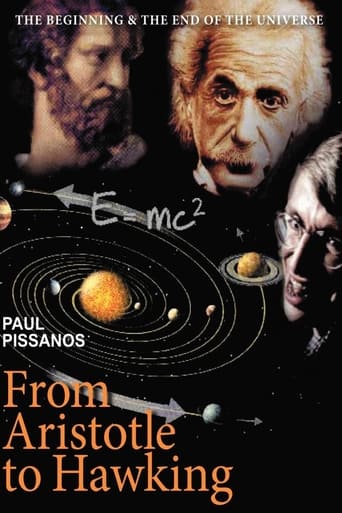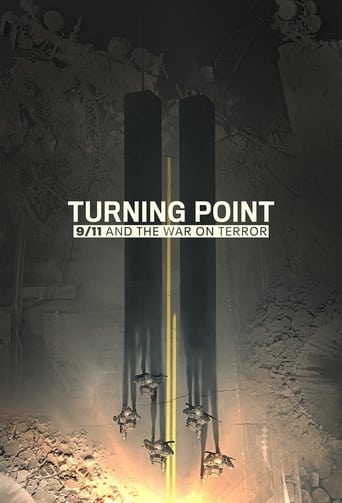The Owl's Legacy (1989)
The Owl's Legacy
1989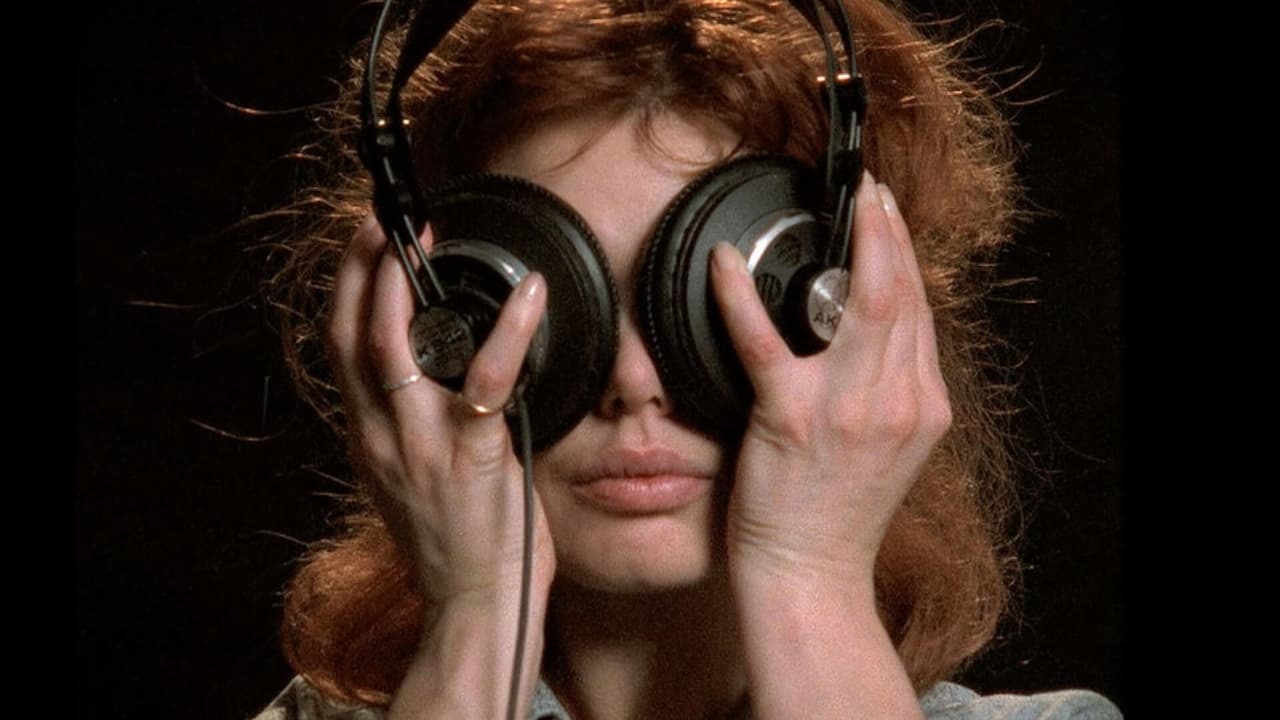
THE OWL’S LEGACY is an intellectually agile, engaging, and sometimes biting look at ancient Greece, its influences on Western culture—and how many eras have reinterpreted the Greek legacy to reflect their own needs. Each of the 13 episodes is centered on a potent Greek word: from “democracy” and “philosophy” to “mythology” and “misogyny.” Marker convenes and films symposia—meals featuring wine and thoughtful conversation—in locales including Paris, Tokyo, Tbilisi, Berkeley, and an olive grove on Athens’ outskirts. Footage from these banquets is interspersed with archival materials and interviews (often featuring a stylized or distorted owl image looming in the background). Marker’s diverse group of informants includes composers, politicians, classicists, historians, scientists, writers, filmmakers, and actors. Together their contributions form a compelling (and sometimes contradictory) cultural and historical exploration for each theme.
Seasons & Episode

In Paris, Tbilisi, Athens and Berkeley historians have played with reconstitutions of the "symposium" - the Greek banquet - around tables laden with food and wine.

Greece's inheritance was recomposed in contemporary mythology. This sometimes led to terrible misappropriations for the benefit of totalitarian ideologies - of which Nazism was born.

Ithaca is the iconic distant home that no one should forget: such would be the universal lesson of Homer's Odyssey.

Built on the testimony or "autopsy" - which literally means "seeing oneself" - our conception of History has deeply shifted since Herodotus.

The geometrical space and the mathematical language constitute a universal legacy the Greeks have bequeathed us with. How do we articulate its perfect logic to the complexity of contemporary sciences?

All the meanings of "logos" originated from a small territory between Ephesus and Patmos. According to Aristotle the human animal fights with a specific weapon: speech... Logos' destiny would it be the "logomachy"? The fight over words.

A cross between imitation and creation, the search for the beautiful and harmonious animates the artists' personal quests - including with cutting-edge technology - as well as it serves great collective schemes - religions in particular.

This reflection over creation - divine cosmogony and man's creativity - takes us from the Greek statuary art to the Acropolis' Korai on show in Tokyo. This takes us on towards the Gorgon - a mirror of death.

There are a set of myths to which we constantly refer ourselves. We will question their genesis, their place in psyche, their transmission, their nature.

The Greek conception of sexuality was very different from ours. What did the Greek think of desire in a world where heterosexuality and homosexuality - far from being opposites - were models of existence that were different but compatible?

The great figures borne out of Greek tragedies help us fathom the founding mechanisms of human practices - all the way to a society like Japan, that is so apparently far from ours.

Around the metaphorical - but also very real - figure of the owl; entwined reflections upon the place of thought in daily existence and public action - sometimes with and sometimes against the Greek legacy.
THE OWL’S LEGACY is an intellectually agile, engaging, and sometimes biting look at ancient Greece, its influences on Western culture—and how many eras have reinterpreted the Greek legacy to reflect their own needs. Each of the 13 episodes is centered on a potent Greek word: from “democracy” and “philosophy” to “mythology” and “misogyny.” Marker convenes and films symposia—meals featuring wine and thoughtful conversation—in locales including Paris, Tokyo, Tbilisi, Berkeley, and an olive grove on Athens’ outskirts. Footage from these banquets is interspersed with archival materials and interviews (often featuring a stylized or distorted owl image looming in the background). Marker’s diverse group of informants includes composers, politicians, classicists, historians, scientists, writers, filmmakers, and actors. Together their contributions form a compelling (and sometimes contradictory) cultural and historical exploration for each theme.
Watch Trailer
Free Trial Channels


